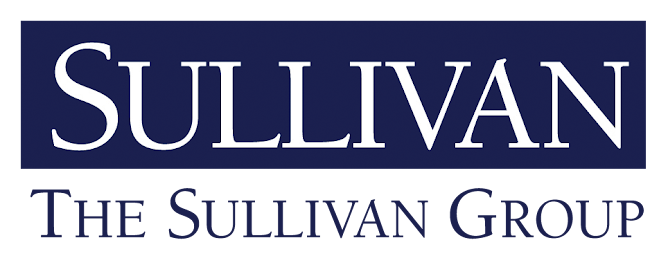With the insurance markets entering a
slowly tightening period of the infamous “cycle” insureds will be experiencing
increased pricing for various insurance products. This is a time when all
insurance producers need to sharpen their skills in explaining to their clients
just why these price increases are occurring. And the problem is even more
difficult today because of the problems insureds are facing due to the
difficult economic conditions of the last several years.
With this in mind, some comments made
recently by Robert Hartwig, President of the Insurance Information Institute
are well worth considering. Setting out the extent of the problem, Dr. Hartwig
said the following:
“Although
this winter was mild both in terms of temperatures and natural disasters, the
legacy of last year’s severe has dominated the media’s coverage of insurance so
far in 2012.
National
and regional media throughout the Northeast, Midwest and South have focused
attention on the cost and availability of property insurance. At the same time,
industry critics have asserted that insurers unfairly reduced coverage as
premiums increased.
A few
headlines from this winter tell the story: Tornadoes Raise Home Insurance
Rates, Home Insurance Rates Likely to Climb in Wisconsin, No Storms but no
Breaks from Florida Insurers, Higher Insurance Rates Forecast after Irene,
Natural Disasters Hit Insurance Companies Hard, No Storms, but Insurers Keep
Socking it Away, Private Insurers Are Dumping More and More Disaster Costs on
Consumers.”
As the mission of III is to provide
the general media with sound and correct information regarding the current
happenings in the property and casualty world, they provided the following in
response to the recent negative stories about our industry:
- “Property damage from severe weather, particularly in interior parts of the country not generally recognized as disaster prone, has increased significantly.
- The insurance industry paid out more than $38 billion in claims to their auto, home and business policyholders in 2011 alone and more than $400 billion between 1990 and 2011.
- Each insurance company individually determines the price and availability of the coverage it offers to make sure the insurer has the financial strength to pay future claims required by law and regulation.
- The premiums charged must reflect the risk an insurer assumes on behalf of its policyholder.
- Because of its conservative business model, the industry as a whole has maintained the financial strength necessary to continue to offer coverage and pay claims going forward during a period of great economic volatility and uncertainty.
- The application of percentage deductibles for catastrophes, such as hurricanes, has been in place for decades in many states and makes coverage less expensive and more available than otherwise would be the case.”
While many of these comments are aimed
at the personal lines side of the business, they are equally applicable to the
commercial side of things as well.
It would behoove all of us as
insurance professionals to be prepared to respond fully and accurately to
concerns raised by our clients about increased pricing and/or more restrictive
coverage terms that they will likely be facing over the coming months. The
comments from III are a sound place to start.
- Jerry Sullivan

No comments:
Post a Comment